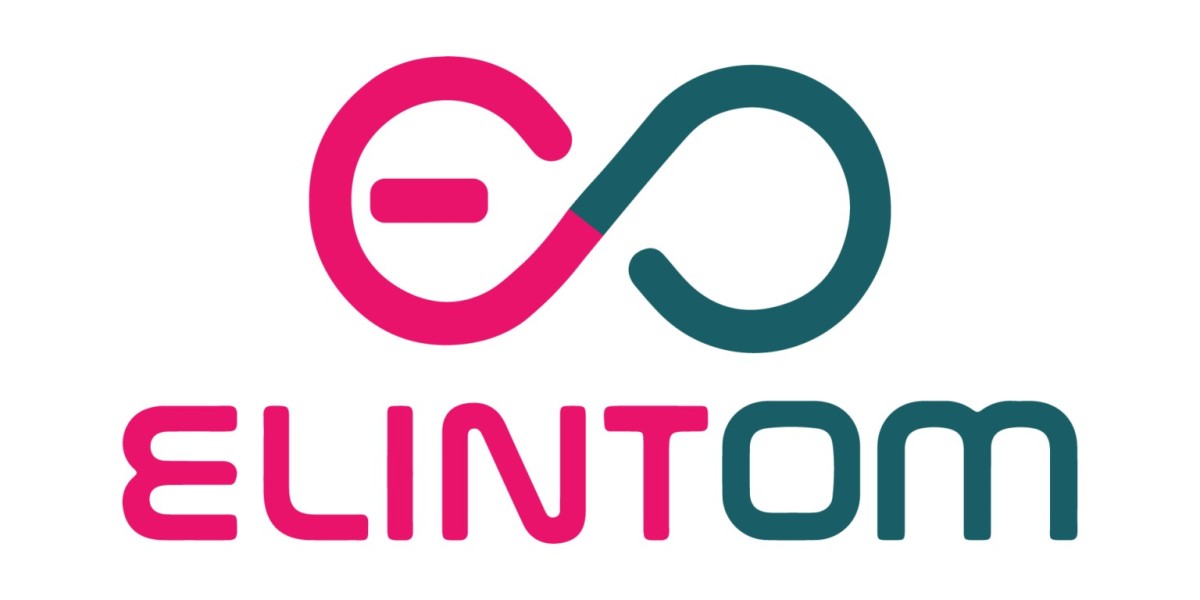The adsorbents market is experiencing significant growth, driven by the increasing demand for efficient solutions in various industries such as water treatment, air purification, petrochemicals, and food processing. Adsorbents, materials that attract and hold molecules on their surface, play a critical role in a range of applications where removing contaminants or specific molecules is essential. In this article, we explore the key applications driving the growth of the adsorbents market and the factors contributing to their increasing demand.
According to Stratview Research, the adsorbents market was estimated at USD 4.35 billion in 2022 and is likely to grow at a CAGR of 6.21% during 2023-2028 to reach USD 6.25 billion in 2028.
- Water Treatment and Purification
One of the largest and most impactful applications of adsorbents is in water treatment. As global populations grow and industrialization continues, the demand for clean and safe drinking water is escalating. Adsorbents like activated carbon and zeolites are widely used to remove impurities, heavy metals, and organic compounds from water sources. With increasing concerns over water pollution and the need for cleaner water, the demand for adsorbents in municipal water treatment plants, as well as in industrial and residential water purification systems, is set to expand further.
- Air Purification
Air quality is another critical area where adsorbents play a vital role. Urbanization, industrial activities, and vehicle emissions contribute to rising air pollution levels, creating an urgent need for effective air purification solutions. Adsorbents such as activated carbon and silica gel are commonly used in air filters to capture harmful gases, volatile organic compounds (VOCs), and particulate matter. With stricter air quality regulations and heightened awareness of the health impacts of air pollution, the demand for adsorbent-based air purification systems is expected to grow significantly in the coming years.
- Petrochemical and Gas Separation
In the petrochemical industry, adsorbents are used for gas separation, solvent recovery, and removal of impurities from gases and liquids. Materials like molecular sieves and activated alumina help separate specific gases, such as hydrogen, nitrogen, and carbon dioxide, in refinery operations. As the global demand for cleaner energy and more efficient refining processes increases, the need for advanced adsorbents in gas separation applications will continue to rise. This growth is particularly driven by the need for cleaner fuels and carbon capture technologies.
- Food and Beverage Industry
Adsorbents also play a crucial role in the food and beverage sector, particularly in the removal of unwanted flavors, colors, and odors from edible products. Activated carbon and silica are commonly used in sugar refining, wine production, and other food processing applications. The growing demand for high-quality, clean-label products is driving innovation in adsorbent applications within this sector.
- Pharmaceutical and Healthcare Applications
In the pharmaceutical industry, adsorbents are used for drug purification, removing impurities from active pharmaceutical ingredients (APIs), and controlling moisture in packaging. As the pharmaceutical industry continues to grow, the need for high-purity drugs and reliable manufacturing processes will drive further demand for adsorbents in this sector.
Conclusion
The growth of the adsorbents market is being fueled by a diverse range of applications across industries such as water and air purification, petrochemicals, food and beverage, and pharmaceuticals. As global demand for clean air, water, and sustainable industrial practices rises, the importance of adsorbents in removing contaminants and enhancing product quality will continue to expand, driving market growth well into the future.



